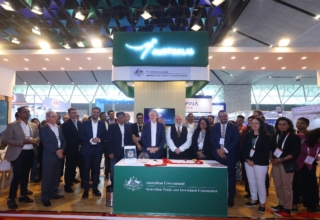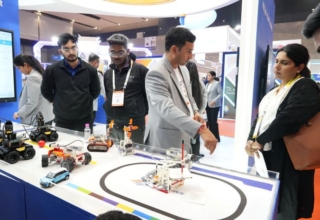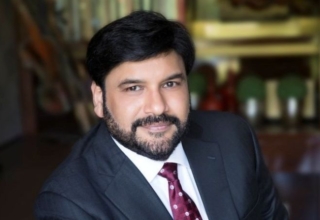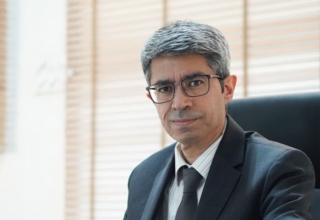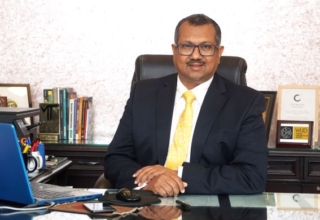

The Indian education sector serves more than 315 million students, almost equivalent to the population of USA. Education holds the key to skilling, employability, research and shaping professional human capital, which in turn contributes to national economic and social development and therefore is the key driver of jobs and economic development. With Modi Government 2.0 beginning its innings, Curriculum magazine in a conversation with Bengaluru-based India’s leading academician and author Kuldeep Surolia tried to gauge expectation of academic community on the expected New Education Policy and upcoming union budget.
As you must be well aware that the draft of New Education Policy (NEP) has been made public, what are your first reactions as a thinking educationist and a champion of child-friendly quality education?
Almost after 33 years, the NEP has been released. It’s a great step in the right direction. One good part of draft NEP is that it recognizes “Learning Deficit” apart from “Revenue deficit” which currently India faces. To cover that up it has set an objective of defining learning outcomes with major changes in examination, curriculum and pedagogy. Another good initiative is common entrance for all colleges to be conducted round the year by National Testing agency. This will reduce the burden of board exams, its percentage and principles of normalization.
Great teachers worldwide, like you, have delivered more in less budget. In the next budget how do you see that the government will be able to create more impact in less budget?
There are many ways. One of them, which the government is anyways doing is by expanding the scope of Right to education from current 6 years to 14 years to 3 years to 18 years. This will bring more children under the scope of education. India has a mantra of inclusive education and if we have to make schools of tomorrow, today, we will have to take all students with us. Another way is through the model of public private partnership in education. The RTE apart from formation of policy will have its implementation challenges. I guess that could be addresses through strong and proactive governance.
How is our education budget comparable to other countries?
We need to remember, India differs from other nations in the world in myriad ways. The size of the school education system in India is larger than most nations across the world. Our large quantity requirement is in constant trade-off with quality delivery of educational services. So comparing qualitative way might not give us the right picture. But quantitatively speaking, In the interim budget (2019), 93,847 crores has been allocated for education. If we assume approximately 31.5 crore students in India, this will be approx. Rs 252 per month per student! Our education budget is approximately 3.5 % of our GDP. The world average is 4.8%. I guess lot need to be done here. Even NITI aayog has recommended a spend of 6% of GDP on education.
In light of this draft, which of course has spelt a tall order, do you expect any major announcement in the coming budget to be presented by the new government on July 5? What are your expectations?
There are many. But first and foremost is “Teacher Training”. Considering the advancement in education, it is very important that our teachers need to be “students” on daily basis. For that our government has already undertaken programs like Leadership for Academician Program (LEAP) and Annual refresher program in Teaching (ARPIT). But now these program needs investment so that their reach could be increased. Teachers needs to be incentivized for such trainings. It will help us deliver a very positive and powerful ASER report of 2022!
Second is investment in Research. Research is both the output of, and input for, high-quality human capital. When the latest research is robust and rooted in the search for answers to pressing real-world problems, it enriches the curricula that generations of learners use for skill-building.
Third, use technology to reach last mile education. For example if government can create digital video library of textbooks, the same could be used by a sarpanch in village to teach students. Later at an authorized exam center we can conduct OMR based exams and issue certificates even for primary, upper primary, secondary and higher secondary courses. This will further help us in increasing Gross Enrollment Ratio (GER) which is currently only 25%. Just to share with you the GER of china is 45% and that of US is 86%.
Last, but not the least, internationalization of higher education. Collaboration and attracting students form worldwide are the two mantras here. We can earn a good income like London, Boston etc if we can attract international students to come and study with us for higher education. This will also help us build great students from India also.



